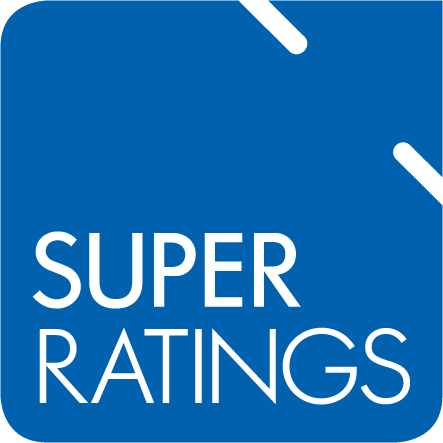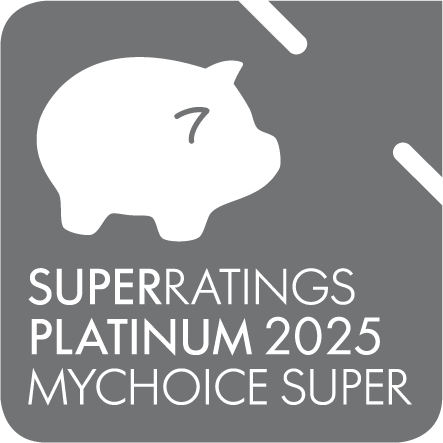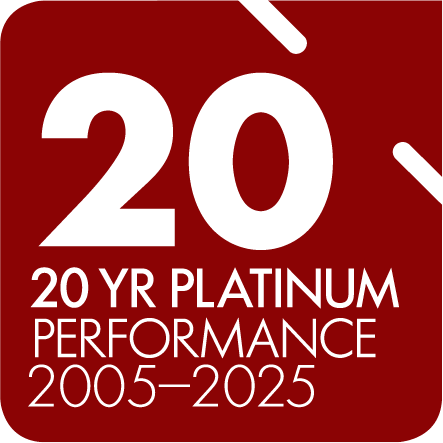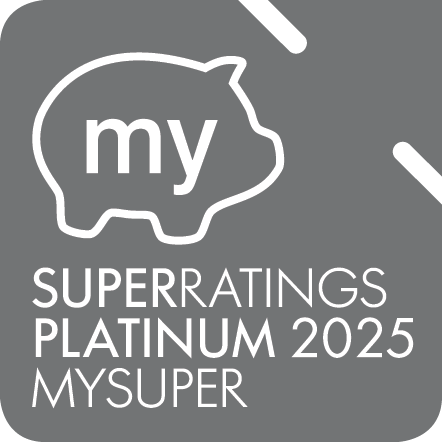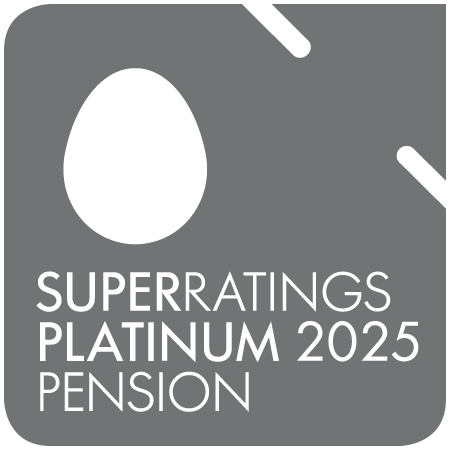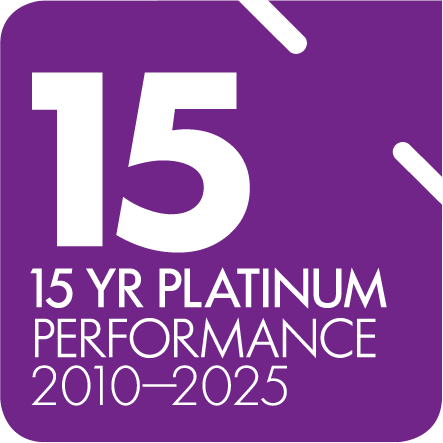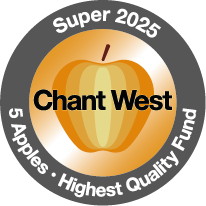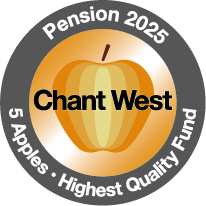You’ve probably seen the TV ads.
The ones that compare superannuation returns between industry and retail funds.
But what do those terms really mean? And how does Equip compare?
Let’s take a closer look.
The difference between members and shareholders
Most businesses set out to make a profit. Superannuation funds are no different. The main difference between industry and retail funds is how those profits are distributed.
Industry funds like Equip exist to benefit their members. That means any profits they generate are returned to members.
Retail funds have external shareholders that need to be paid. Any profits they generate are shared between fund members and these external parties.
We fall into that first category. We're an industry super fund, here to serve our members' interests. We sometimes call ourselves a profit-to-member fund, but it's essentially the same thing.
A short history of super funds
Australia’s superannuation system has a long and complex history.
Industry funds were originally created to serve specific industries, for example, car manufacturing or teachers. Over the years these restrictions have eased, and the funds have become broader, allowing members from all industries.
We fall neatly into that category. Equip started in 1931 to serve the Victoria energy sector. Since then, we’ve grown and expanded to become one of Australia’s longest running industry funds.
Retail funds were first introduced in the early 90s when the Federal Government introduced compulsory superannuation. These funds allowed anyone to join. They’re generally managed by banks and other financial institutions.
The Australian superannuation industry currently holds approximately $3.1 trillion in assets. That money is distributed along these lines:

